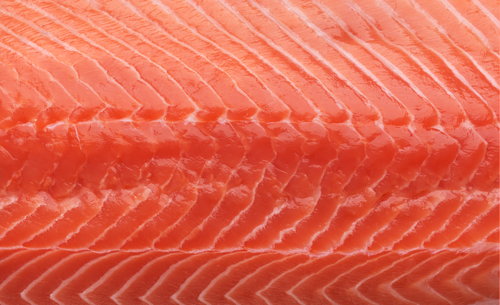The Global Sushi Challenge kicks off on 17th of May, including among the select countries Singapore to search for a top sushi chef who will join the inaugural 2015 challenge to take place in Tokyo in November 2015, the largest ever, international competition for sushi chefs.
The Norwegian Seafood Council (NSC) and the World Sushi Skills Institute of Japan (WSSI) organises the event, with the goal to increase the knowledge and competence about sushi.

First country up is the US, then Korea, Japan, Singapore, Taiwan, Indonesia, Germany, Poland, Portugal, Spain, England, Sweden, France and Norway follows. All countries are selecting a sushi champion to compete in the big final in Tokyo in November. The finally is also a place where the chefs are learning from each other and establish global networks, in addition to selecting the final sushi champion.
“We believe Global Sushi Challenge can further enforce the global development of sushi culture so that consumers in all over the world can enjoy high quality sushi,“ says Henrik V. Andersen, director in Japan for the Norwegian Seafood Council.
“It all started 30 years ago when a Norwegian delegation travelled to Japan to look for export opportunities for Norwegian seafood. In their luggage, they brought fresh salmon. Since then, the Japanese sushi tradition and the Norwegian salmon have developed together and become a culinary world trend,” said State Sectretary Amund Drønen Ringdal at the launch of the new competition.
Even though sushi is popular all over the world, the story, tradition and competence behind aren’t well enough communicated. Global Sushi Challenge, the first big sushi competition is history, aims to provide more knowledge and competence to chefs and consumers.
Giving a a sushi demonstration, Hirotoshi Ogawa, an excellent sushi chef from Tokyo and a teacher and instructor at the World Sushi Skills Institute, said: ”Hygiene is important, just like preparation techniques. The two first years of training for a Japanese sushi chef is all about hygiene and cleaning, Owawa told during the demonstration. It’s only after five years of training you may call yourself a sushi chef in Japan.”
Ogawa credited Norwegian seafood and told that Norwegian salmon is very popular in his home country. With sharp movements and precise incisions he magically made the most beautiful creations of bamboo leaves. The former Japanese champion of bamboo cutting also stated that the leaves were not only for decoration.
The bamboo leaves have antiseptic qualities and are therefore used for good hygiene on and around the sushi plate.
To participate in the competition, please contact the Global Sushi Challenge Singapore Secretariat (Dunbar Jones & Associates): 6356 2830 / [email protected].
